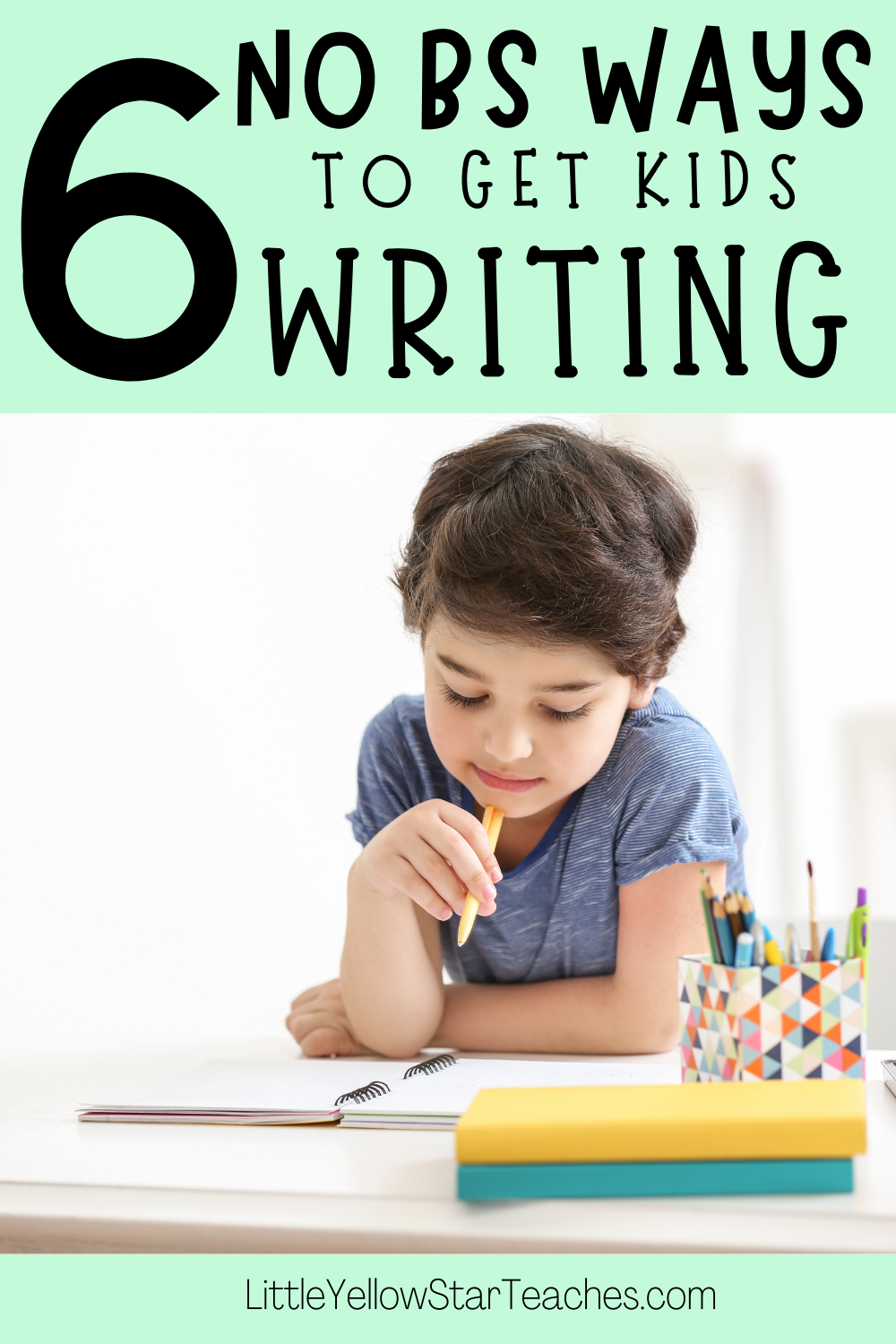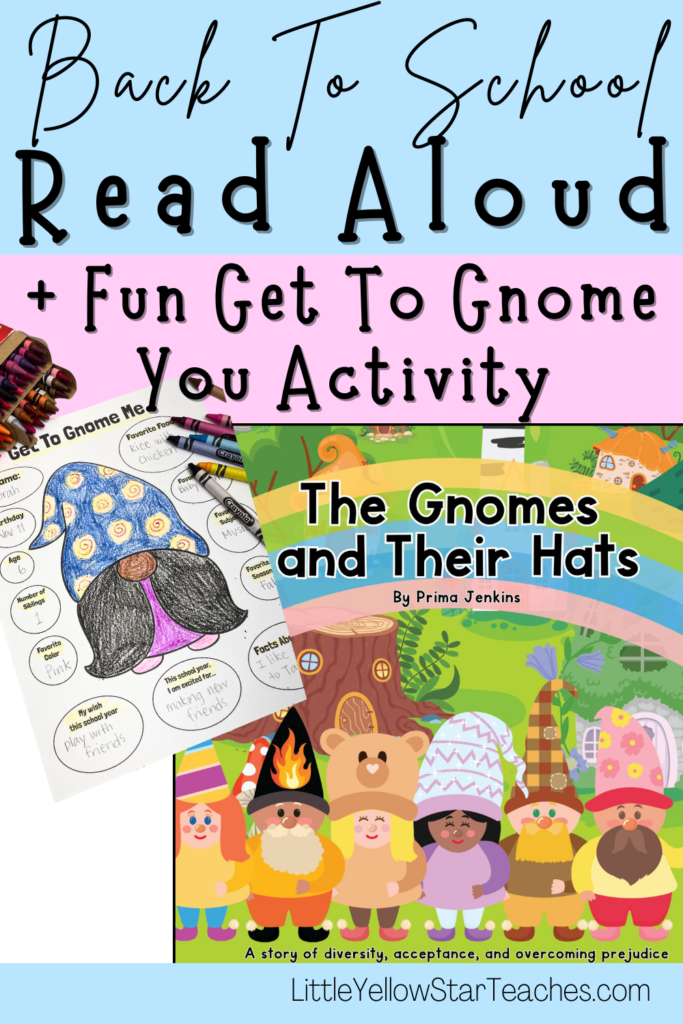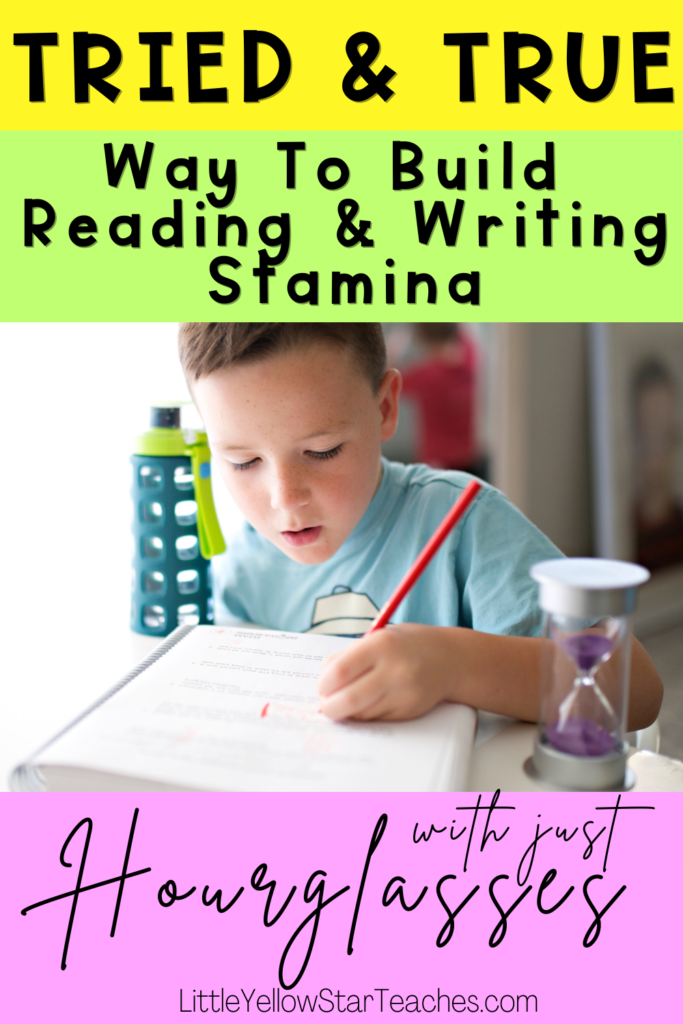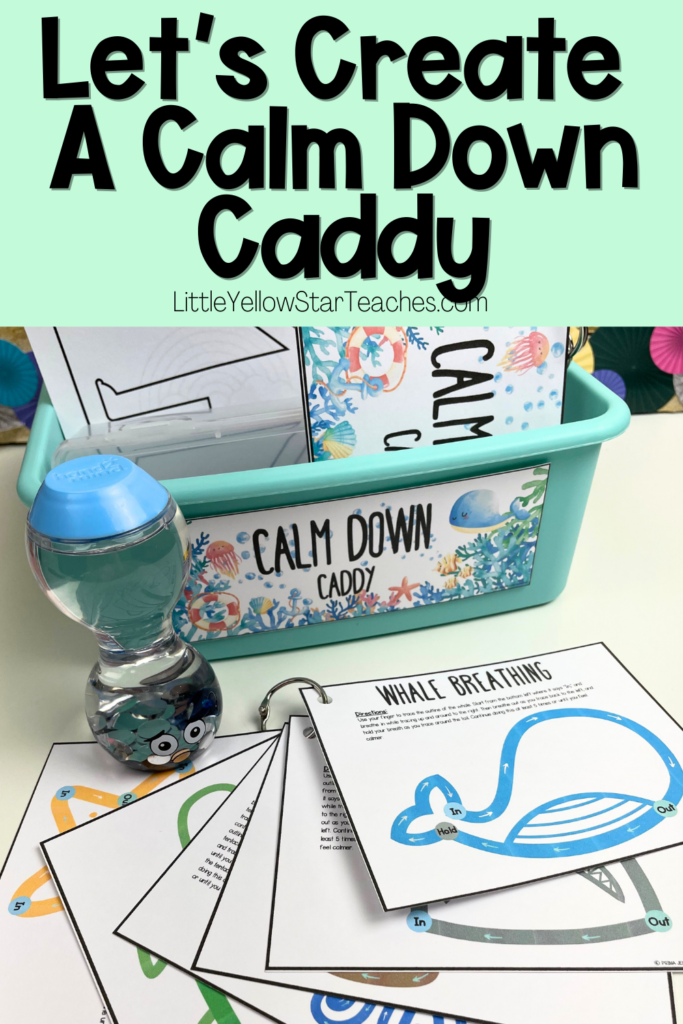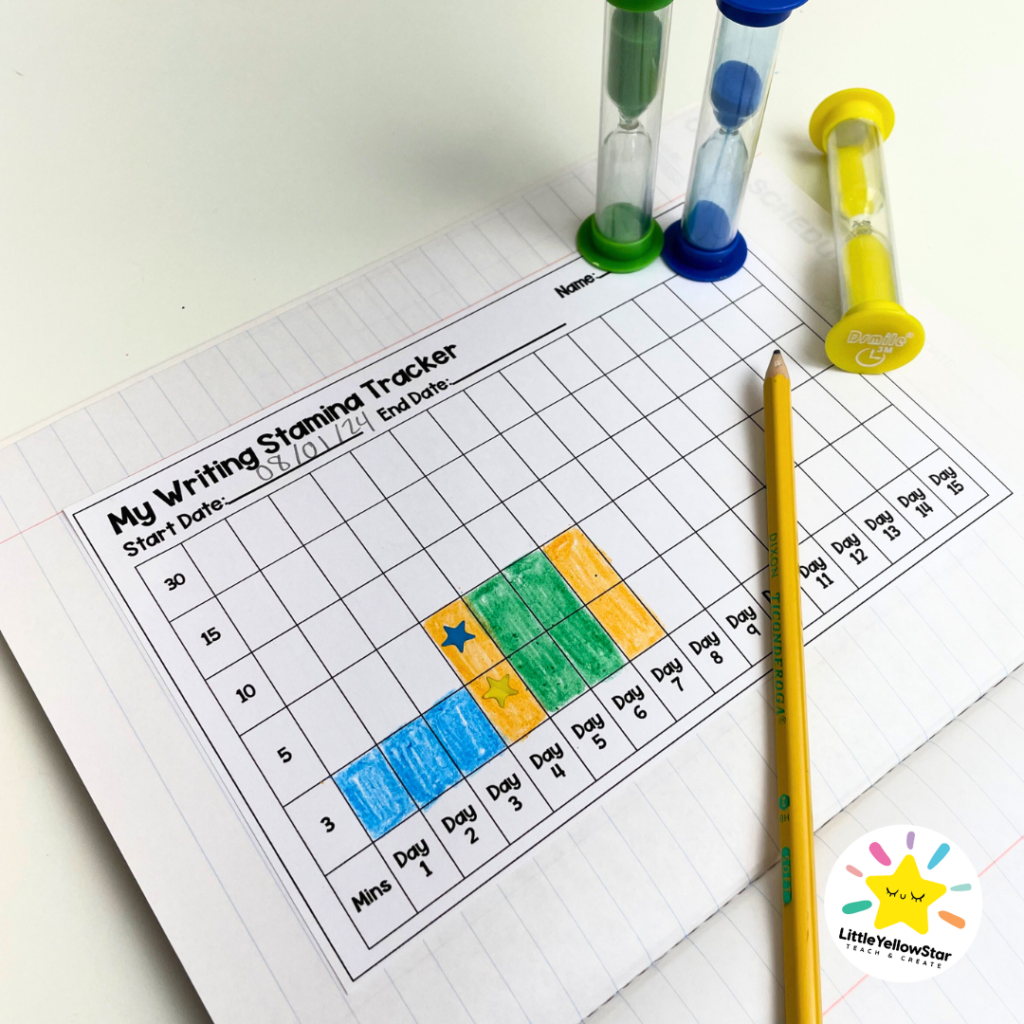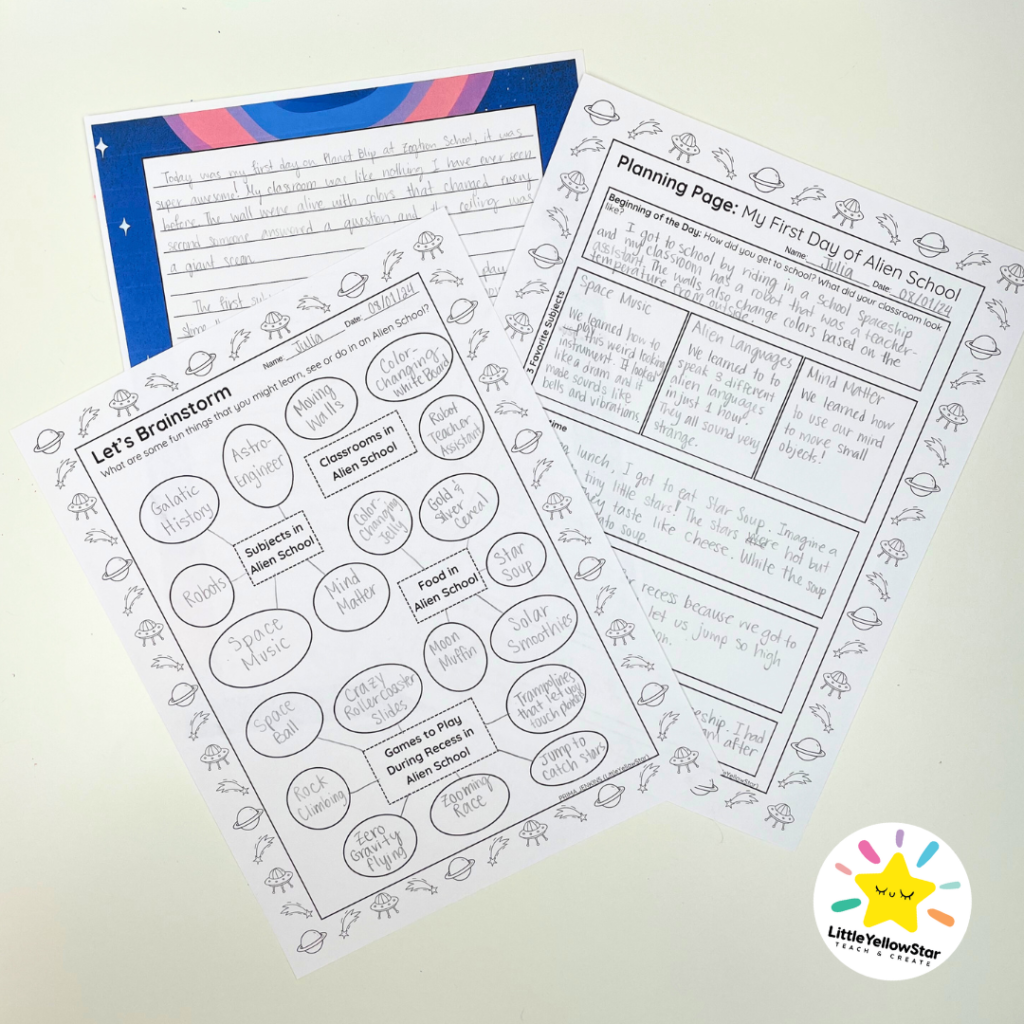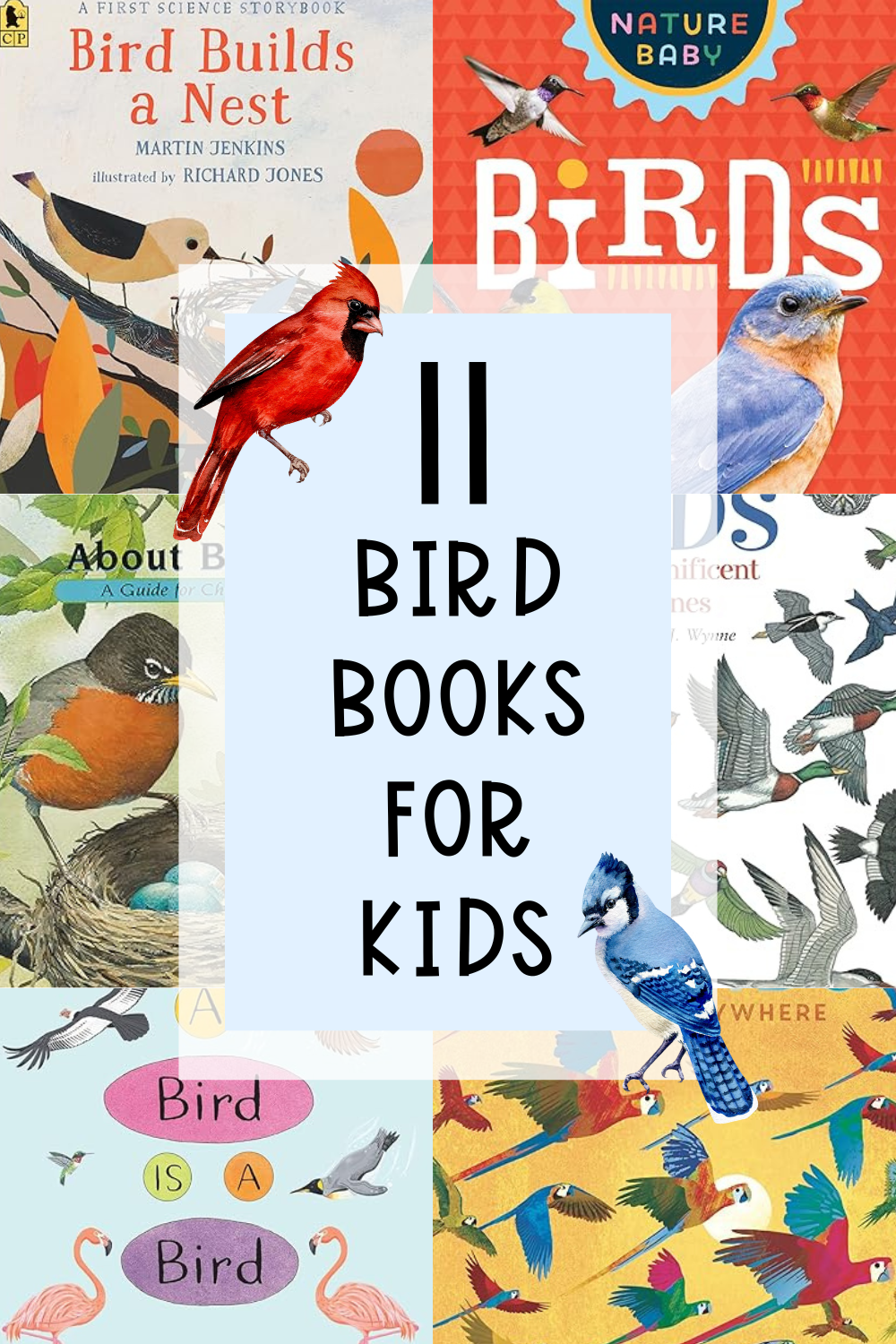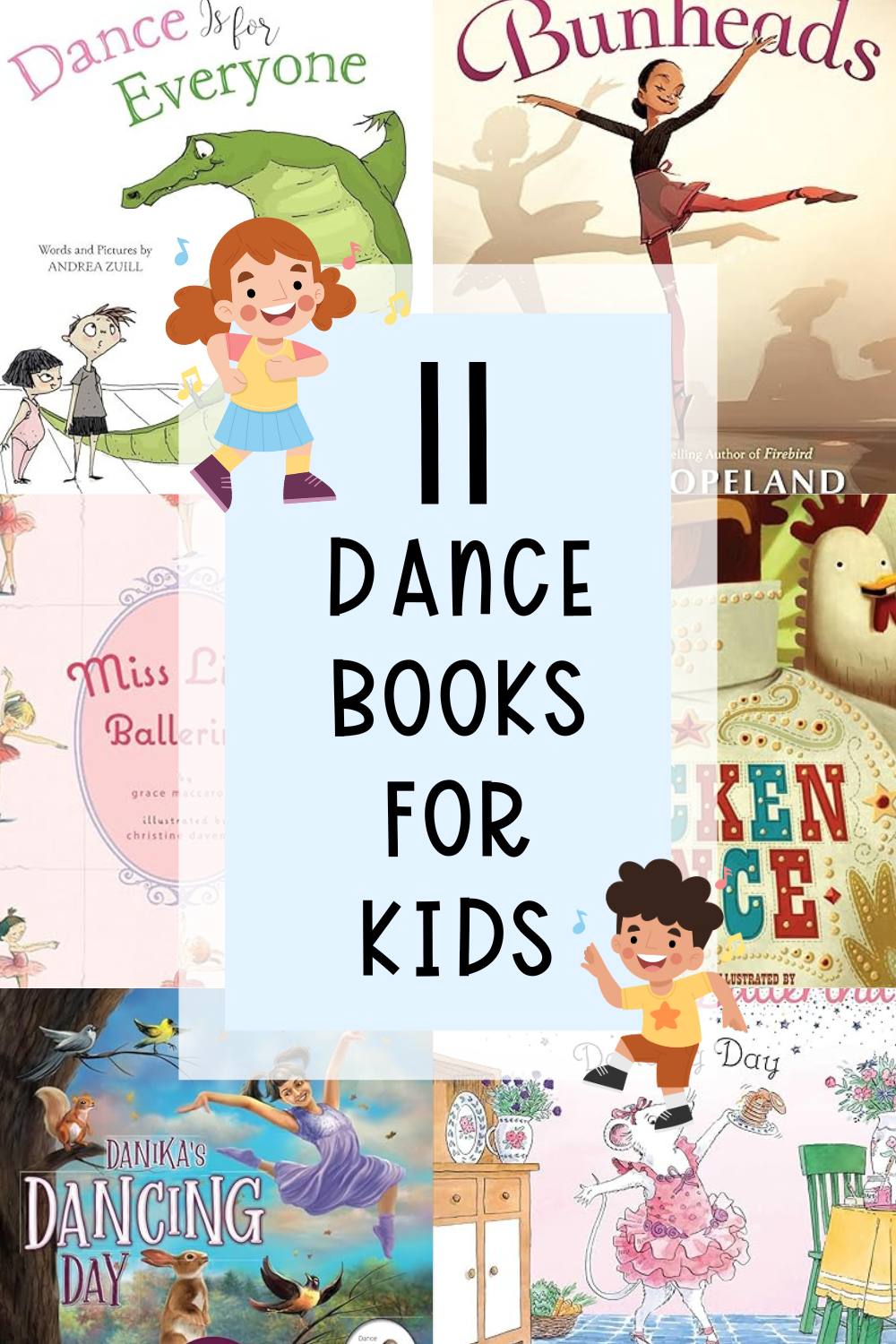If you’ve ever taught writing, you know the frustration of dedicating 20-30 minutes to a writing session only to receive papers with just one sentence written on them. If you have exhausted all strategies and are still facing the same issue, or you are going to be teaching writing for the first time, you are in the right place.
After countless hours of reflection and many trials and errors in my writing classes, I have found five ways that have actually worked for me to get kids to write, especially kids who (dare I say) hate writing.
Let’s get into it.
Understanding Why Kids Are Not Writing
Before diving into solutions, you need to understand why kids resist writing in your classroom:
- Underlying Learning Disability: These kids might need writing intervention. This depends on the grade level you are teaching. In upper elementary, like fourth grade, this often means something significant is off. Once I observed that there might be more to the story, I collected evidence (writing pieces) and started the process of talking to my vice principal, their parents, and the interventionist about the next steps. Early action can make a significant difference. So, take action right away.
- Lack of Confidence: They believe they can’t write well due to poor spelling, being English Language Learners, or lack of practice. Writing is hard for adults, so imagine being a kid. It could also be that someone in the past has said something not quite nice about their writing, especially after they felt they did their best. So why not self-sabotage and just not write? While a learning disability can affect confidence, not all kids with low confidence have a disability.
- Writer’s Block: They don’t know what to write about. Kids are expected to be creative, but they might still struggle with storytelling.
- Perfectionism: Fear of making mistakes. This is common among good writers. I remember my second year teaching, watching a girl constantly writing only to receive one small paragraph from her at the end of the writing lesson. Her paper almost did not survive by how many times she was erasing what she wrote.
Once you identify the reason why your students are not writing, you can select and implement the correct strategy to get them to write. You might have to implement them all or just some. It truly depends on you and how many students are not writing.
The 6 Strategies To Get Kids Writing
1. Build Writing Stamina
One of the most overlooked aspects of getting kids to write is helping them build writing stamina. We often assume that students can sit down and write for an extended period, but the truth is, even most adults struggle to write for more than 10 minutes at a stretch. When students are asked to write for a long period, they might feel overwhelmed and anxious, especially if they don’t have the stamina to do so.
To help students build their writing stamina, start with short, manageable writing sessions and gradually increase the time as they become more comfortable. Begin with just 5-10 minutes of focused writing, then slowly extend the duration over time. Celebrate their progress and emphasize that building stamina is a process. For more detailed guidance, check out my blog post on how to build writing stamina using a set of hourglasses here or grab a copy of free writing stamina tracker here.
2. Implement the Writing Process Stages
Make students feel safe to write without fear of immediate correction. Implement the stages of pre-writing, drafting, revising, editing, and publishing. Pre-writing allows students to come up with ideas. Drafting allows students to write without fear, knowing they can edit and revise later.
Sometimes, we skip these steps depending on the writing prompt or project. If you struggle with giving students enough time to go through all the steps, you can do the pre-writing stage together as a class when you introduce the prompt, combine revising and editing, and publish digitally if possible. However, do your best to never skip the drafting phase.
3. Everything Goes During Drafting
Some writing teachers grade the draft. The only grade you should give during the drafting stage is if they complete the draft. That’s it.
It’s all about creating a safe space to write. Drafting is the stage to make all the mistakes. This is where ideas run wild and sentences are weird, and it’s all okay. If they have trouble expressing their ideas through writing, let them use symbols or drawings to express their ideas. Anything and everything goes!
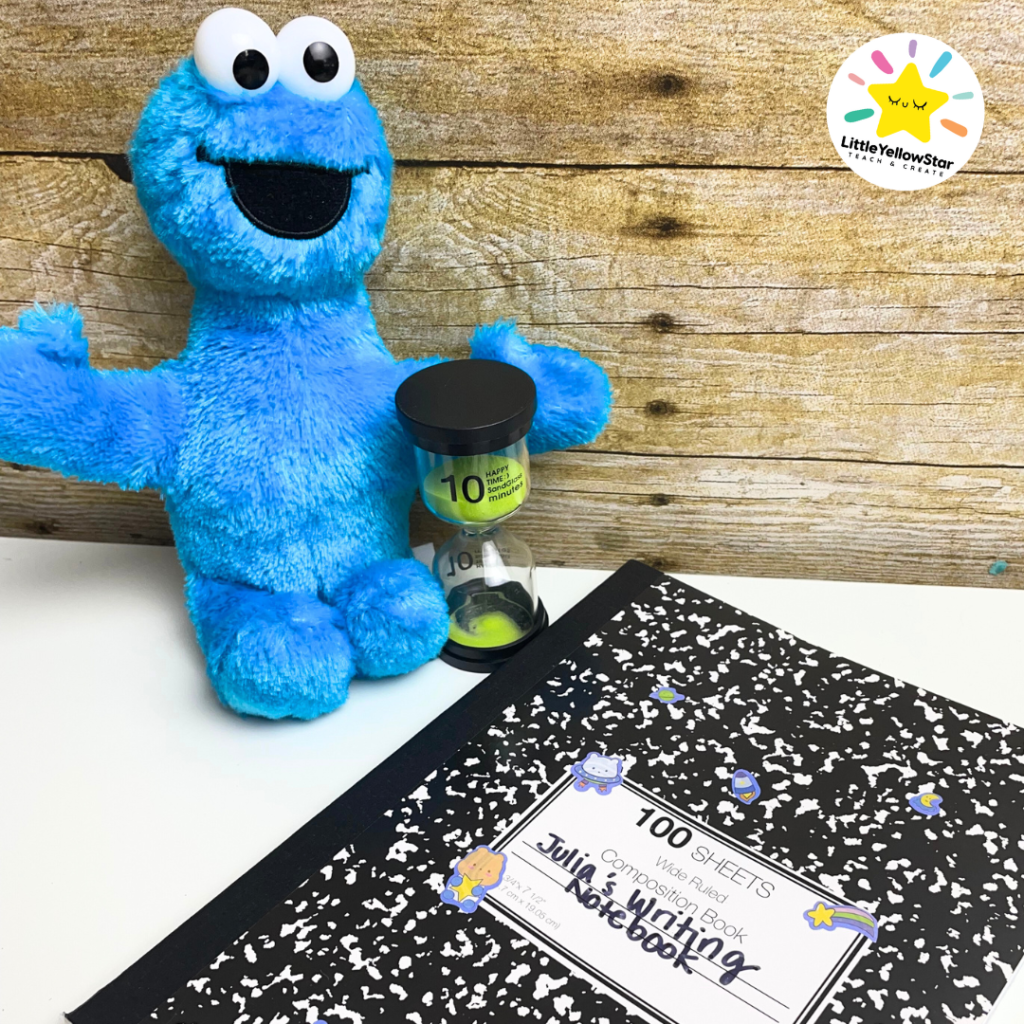
4. Writing Plushie
Writing buddy was a strategy I used in my classroom. When I got the pairing right, the kids thrived! However, some kids never really took to it, and it came back to fear.
Telling another student about your new idea can be intimidating. You don’t know how that student will react or if they will understand. You might also not be ready to tell your story yet. That is why using a plush toy as a “Writing Buddy” eliminates that fear of judgment. Students tell their story to the plushie before writing it down. They can keep the plushie at their desk and keep telling it their ideas.
5. Writing Mats and Dictionaries
Provide mats with common adjectives, commonly misspelled words, and fun words. This boosts confidence and reduces the fear of spelling mistakes. It also gives students ideas on what to write next. Initially, students may rely heavily on these mats but will eventually gain confidence.
You can also give your students access to dictionaries to look up words they need help spelling or are unsure of. In my last year of teaching, I allowed students to use their computers during the editing and revising stage because it was much easier and faster for them to find spelling mistakes.
Grab these free resources to make your teaching life easier!
6. Always Continue To Model The Process
Model the writing process to your students. Brainstorm topics together to help those struggling with ideas. Write along with your students, showing them your own brainstorming, drafting, and editing process.
I am not talking about modeling the process only at the beginning of the school year, but throughout the school year, every time you start a new writing project. The students might copy some of your ideas in their writing, but that’s totally alright. Remember, you are their mentor! Your writing is also their mentor text!
Be vulnerable in your writing process. If you make mistakes, can’t think of an idea, struggle with starting a sentence, or don’t remember how to spell something, show them how you would solve that problem. You being human gives them permission to do the same.
Additional Tips:
- Provide a Checklist or Kid-Friendly Rubric: To reduce the anxiety of the unknown, especially for upper elementary students, give them a checklist or a kid-friendly rubric outlining what you are looking for in a writing piece. This helps set clear expectations and provides students with a roadmap to follow. Knowing exactly what is expected can make the writing process less intimidating and more manageable.
- Set The Mood To Create Writing Flow: Play epic writing music during long write sessions. I used to give my students small electric tea lights and we would turn off the classroom light during long write sessions.
- Celebrate Small Wins: Recognize and celebrate small achievements in writing, such as completing a draft or trying out a new word. Positive reinforcement can build confidence and motivate students to keep writing. You can do this as a challenge for the whole class as well, ex. Wow Word Week, if they use 3 of the Wow Words in their writing they get a sticker.
- Use Technology as a Tool: If available, allow students to use technology during the revising and editing stages. Typing out their drafts or using spell check can make the process faster and less daunting for students who struggle with handwriting or spelling.
Final Thoughts
These strategies can be used individually or together, depending on your students’ needs. The key is to create a supportive environment that encourages writing as a process rather than focusing solely on the final product. Eliminate the FEAR and create a safe space to write! By implementing these approaches, you can help students overcome their fear of writing and start expressing their ideas more freely.
Happy teaching!
Prima at LittleYellowStar
* * *

